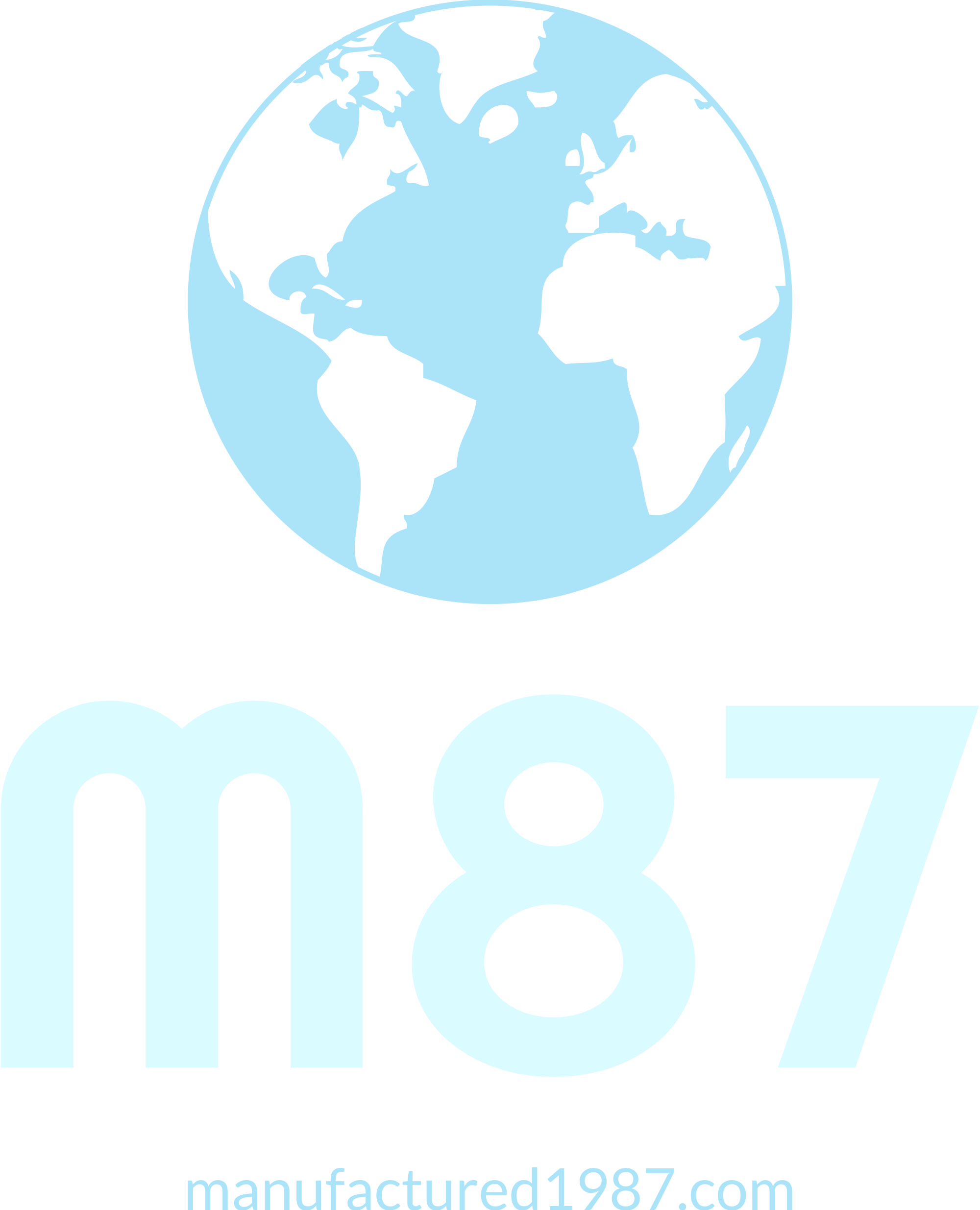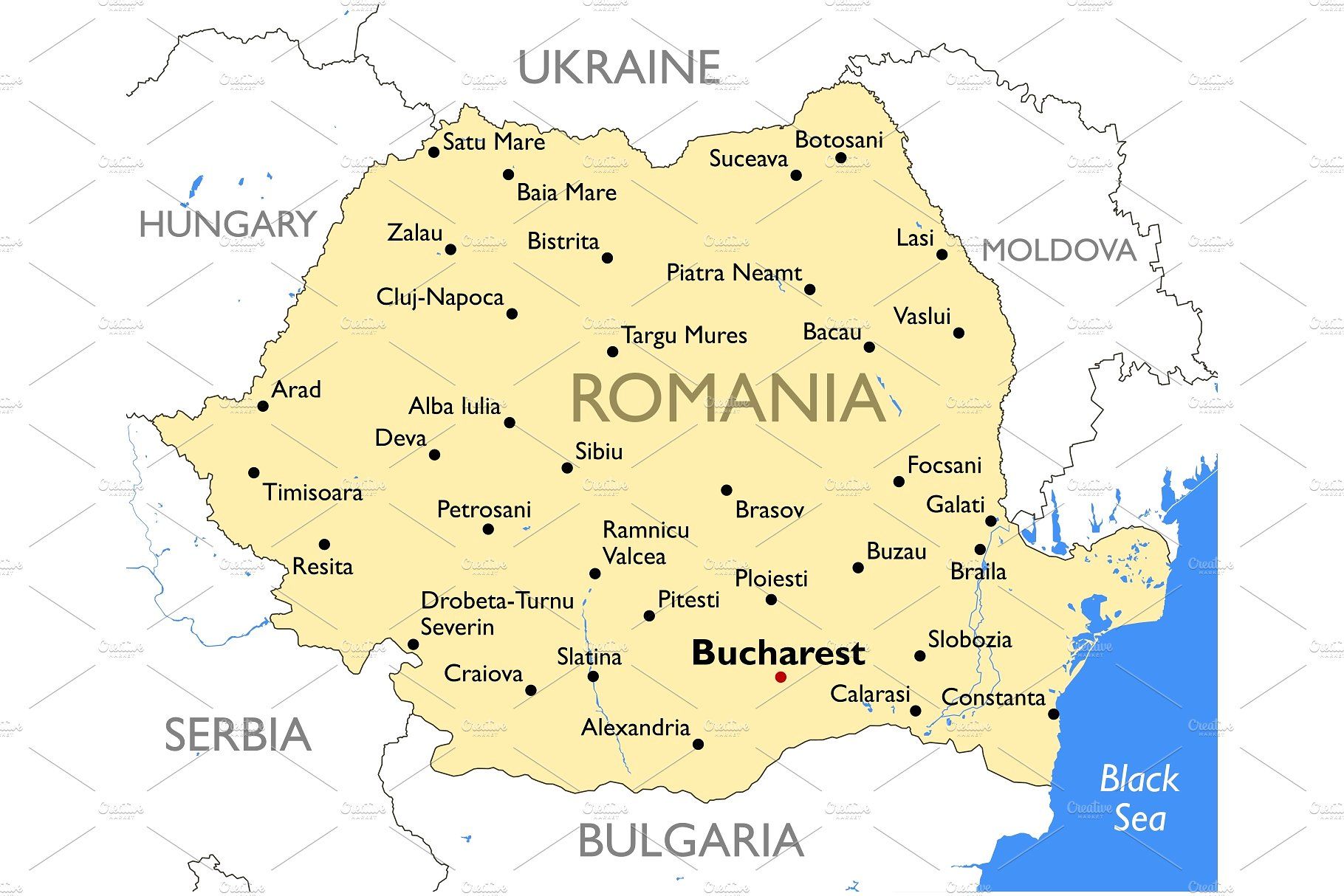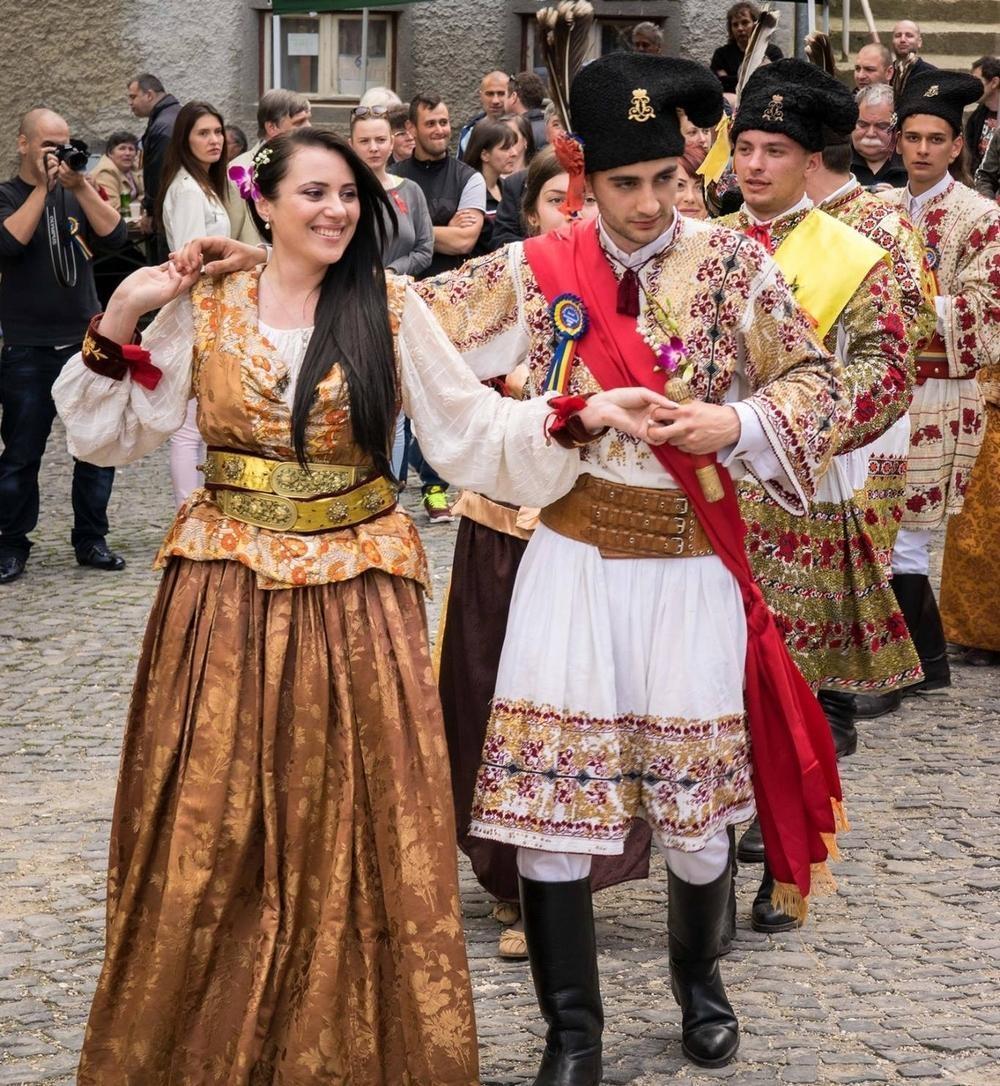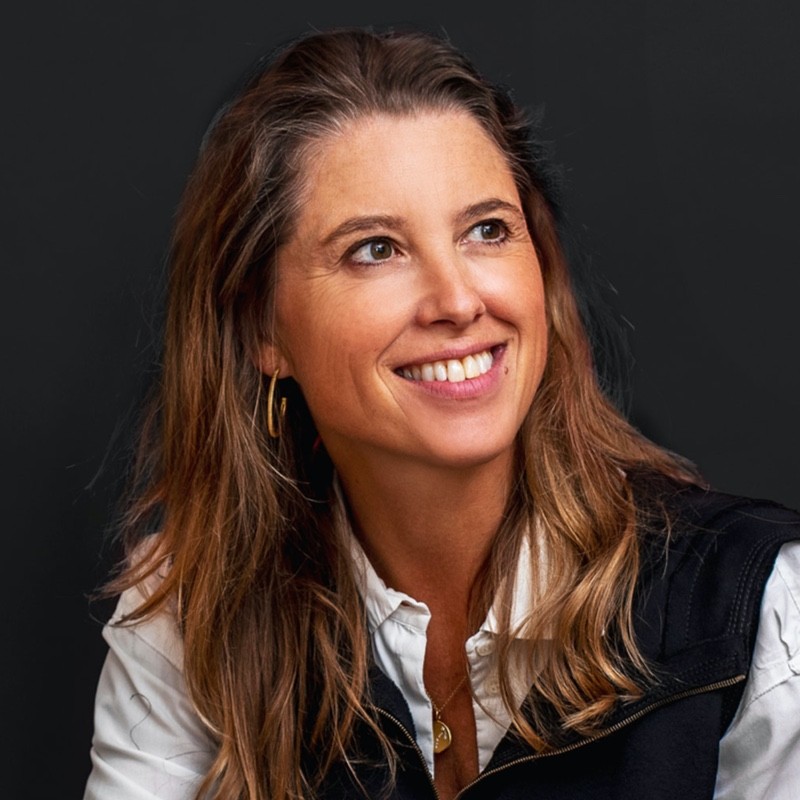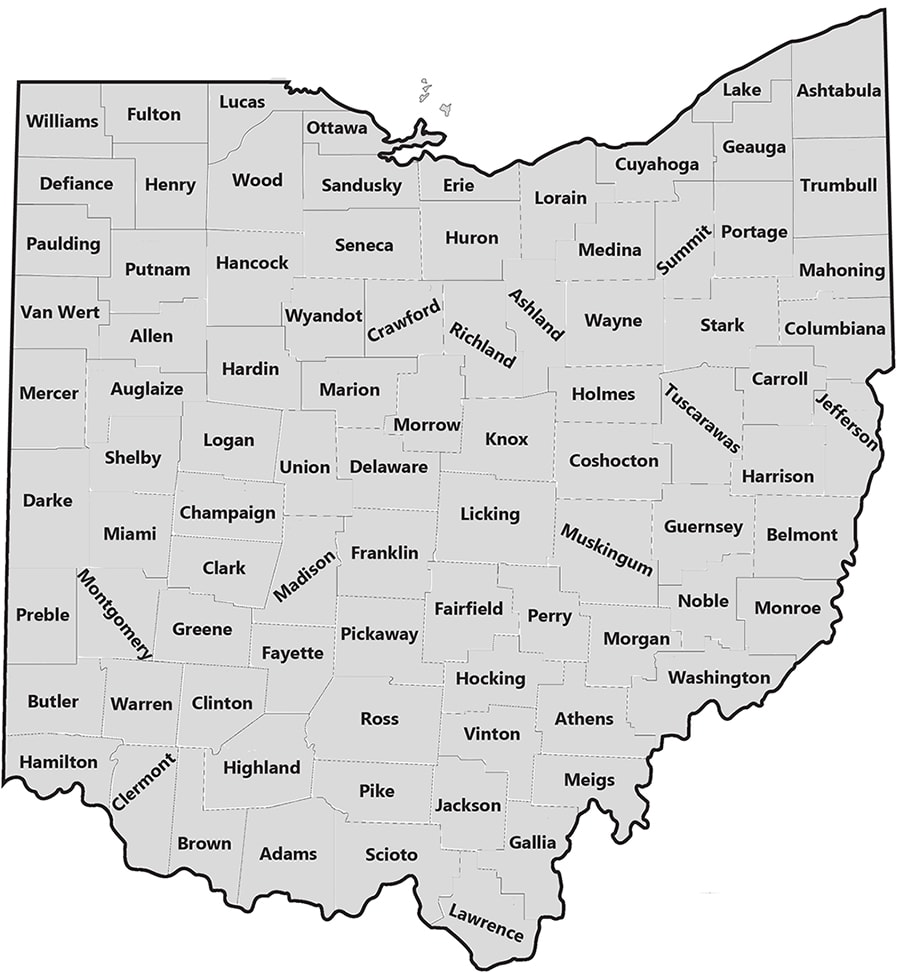Introduction to Romania
Romania, a nation steeped in legend and lore, is perhaps best known globally for the tales of Dracula and its stunning medieval castles. Beyond these, Romania offers a vibrant mix of urban sophistication and rustic charm. Bordered by Bulgaria, Serbia, Hungary, Ukraine, and Moldova, and with a coastline along the Black Sea, Romania is strategically placed and rich in cultural influences.
Geographic Overview
Physical Geography
Romania covers an area of approximately 238,397 square kilometers, making it the 12th largest country in Europe. The country’s diverse landscape includes the Carpathian Mountains, which arc through the center of the country, and the Transylvanian Basin. To the east, the Danube River forms a natural border with Bulgaria, eventually flowing into the Black Sea.
Climate
Romania experiences a temperate-continental climate, with four distinct seasons. Winters (December to February) can be quite cold, especially in the mountainous regions, with temperatures often dropping below freezing. Summers (June to August) are generally warm, with average temperatures ranging between 22°C and 24°C. Spring and autumn are mild and pleasant.
Political and Administrative Divisions
Regions and Counties
Romania is divided into 41 counties (județe) and one municipality (Bucharest). These are further grouped into eight development regions, which are used primarily for statistical purposes:
- Bucharest-Ilfov
- Center
- North-East
- North-West
- South-East
- South-Muntenia
- South-West Oltenia
- West
Major Cities
Bucharest
The capital and largest city, with a population of over 2 million. Known for its wide, tree-lined boulevards, stunning Belle Époque buildings, and vibrant nightlife.
Cluj-Napoca
An important cultural and academic center in Transylvania, known for its universities and vibrant arts scene.
Timișoara
Often referred to as “Little Vienna” for its Secessionist architecture and cultural heritage.
Iași
A historical city in the northeast, known for its beautiful churches and cultural landmarks.
Constanța
A key port city on the Black Sea coast, famous for its beaches and the ancient city of Tomis.
Historical Background
Ancient History
The area now known as Romania has been inhabited since prehistoric times. The Dacians, an ancient Indo-European people, were among the first known inhabitants. The Roman Empire conquered Dacia in 106 AD, bringing with it significant cultural and architectural influences.
Medieval Period
During the Middle Ages, Romania was divided into several principalities, including Wallachia, Moldavia, and Transylvania. These regions were often contested by neighboring powers such as the Ottoman Empire, Hungary, and the Habsburg Monarchy.
Modern History
The 19th and 20th centuries were periods of significant change for Romania. The principalities of Wallachia and Moldavia united in 1859 to form the basis of modern Romania. The country gained full independence from the Ottoman Empire in 1877 and became a kingdom in 1881. The two World Wars and subsequent communist rule (1947-1989) deeply influenced Romania’s modern history. The fall of the communist regime in 1989 led to significant political and economic reforms.
Demographics and Population
Population Statistics
As of the latest estimates, Romania has a population of approximately 19 million people. The population has been experiencing a gradual decline due to low birth rates and emigration.
Ethnic Composition
Romania is predominantly inhabited by ethnic Romanians, who make up about 83% of the population. Other significant ethnic groups include Hungarians (6.1%), Roma (3.3%), Ukrainians, Germans, and other minorities.
Languages
Romanian is the official language and is spoken by the vast majority of the population. Hungarian and Romani are the largest minority languages. English and French are also widely taught and spoken, particularly among younger generations.
Economy
Key Sectors
Romania’s economy is diverse, with significant contributions from agriculture, industry, and services. Key industries include automotive, information technology, and machinery. The country is also one of Europe’s largest wine producers.
Trade and Industry
Romania is a member of the European Union and benefits from trade within the EU. Key export products include machinery and equipment, textiles, footwear, metals, and agricultural products. Germany, Italy, and France are among Romania’s main trading partners.
Tourism
Tourism is an increasingly important sector for Romania. The country attracts visitors with its medieval castles, picturesque villages, and natural beauty. Popular destinations include the Transylvanian cities, the Black Sea coast, and the Danube Delta, which is a UNESCO World Heritage site.
Culture and Heritage
Traditional Customs
Romania has a rich tradition of folklore, music, dance, and crafts. Traditional Romanian dress is still worn during festivals and celebrations, and folk music remains an integral part of Romanian culture.
Festivals and Holidays
Romania celebrates a variety of festivals and holidays throughout the year. Some of the most significant include:
- Easter: The most important religious holiday, celebrated with traditional foods and customs.
- Christmas: Marked by caroling and festive traditions.
- Mărțișor: Celebrated on March 1st, it marks the beginning of spring, with the giving of small red and white trinkets.
Arts and Literature
Romania has a vibrant artistic and literary heritage. Notable Romanian authors include Mihai Eminescu, often considered the national poet, and playwright Eugène Ionesco. The country has a rich tradition of visual arts, with renowned artists such as Constantin Brâncuși.
Natural Attractions
National Parks
Romania is home to numerous national parks and natural reserves. Some of the most notable include:
- Retezat National Park: Known for its glacial lakes and diverse flora and fauna.
- Rodna National Park: Features dramatic landscapes and is part of the Carpathian Mountains.
- Danube Delta: A UNESCO World Heritage site, it is one of the largest and best-preserved deltas in Europe, teeming with wildlife.
Mountains and Rivers
The Carpathian Mountains are a major geographic feature, offering opportunities for hiking, skiing, and wildlife watching. The Danube River, Europe’s second-longest river, flows through Romania and forms part of its border with Bulgaria.
Coastal Areas
The Black Sea coast is a popular destination for both locals and tourists. Resorts such as Mamaia, Constanța, and Vama Veche offer beautiful beaches, water sports, and vibrant nightlife.
Maps of Romania
Political Map
A political map of Romania shows the country’s administrative divisions, including its 41 counties and the municipality of Bucharest. Key cities and borders with neighboring countries are also highlighted.
Physical Map
A physical map illustrates Romania’s diverse geography, including the Carpathian Mountains, the Transylvanian Plateau, the Danube River, and the Black Sea coast.
Tourist Map
A tourist map highlights Romania’s key attractions, such as historical landmarks, national parks, and major cities. This map is useful for travelers planning their visit to Romania.
Frequently Asked Questions
What is the capital of Romania?
The capital of Romania is Bucharest, which is also the largest city in the country.
What are the main languages spoken in Romania?
The main language spoken in Romania is Romanian. Hungarian and Romani are also spoken by minority communities, and English and French are widely taught as second languages.
What is Romania famous for?
Romania is famous for its stunning landscapes, medieval castles (including Bran Castle, associated with the Dracula legend), rich cultural heritage, and diverse wildlife, especially in the Danube Delta.
What is the currency used in Romania?
The currency used in Romania is the Romanian leu (RON).
Is Romania a member of the European Union?
Yes, Romania has been a member of the European Union since January 1, 2007.
What is the population of Romania?
As of recent estimates, Romania has a population of approximately 19 million people.
What are some traditional Romanian foods? Traditional Romanian foods include dishes like mămăligă (polenta), sarmale (cabbage rolls filled with meat and rice), and mici (grilled sausages).
What are the main economic activities in Romania?
The main economic activities in Romania include agriculture, manufacturing (especially automotive and machinery), information technology, and tourism.
What are Romania’s main tourist attractions?
Romania’s main tourist attractions include the castles of Transylvania, the painted monasteries of Bucovina, the medieval towns of Brașov, Sibiu, and Sighișoara, and the natural beauty of the Carpathian Mountains and the Danube Delta.
Is Romania a safe country to visit?
Romania is generally considered a safe country to visit. However, as with any destination, travelers should take standard precautions to ensure their safety.
Conclusion
Romania is a country of contrasts, offering a rich tapestry of history, culture, and natural beauty. From the bustling streets of Bucharest to the serene landscapes of the Carpathians and the Danube Delta, Romania has something to offer every traveler. Whether you are interested in exploring ancient castles, enjoying vibrant festivals, or discovering diverse wildlife, Romania is a destination worth exploring.
- 6 Amphitheaters Of Ancient Rome - July 26, 2024
- Colorado Maps & Facts - July 15, 2024
- Countries With The Most Blue-Eyed People - July 15, 2024
